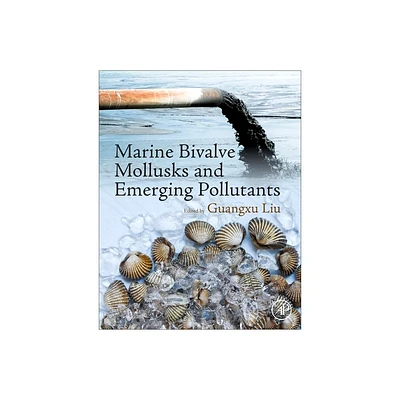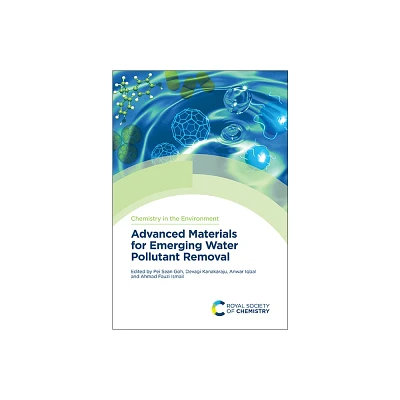Home
Emerging Freshwater Pollutants: Analysis, Fate and Regulations
Loading Inventory...
Barnes and Noble
Emerging Freshwater Pollutants: Analysis, Fate and Regulations
Current price: $180.00


Barnes and Noble
Emerging Freshwater Pollutants: Analysis, Fate and Regulations
Current price: $180.00
Loading Inventory...
Size: Paperback
*Product Information may vary - to confirm product availability, pricing, and additional information please contact Barnes and Noble
Emerging Freshwater Pollutants: Analysis, Fate and Regulations
comprises of 20 chapters, all written by leading experts. This book is written in the most practical terms and is easy to understand, with numerous helpful examples and case studies and can be used as a practical guide and important educational tool on issues concerning freshwater emerging pollutants. The organisation of the book exposes the reader in logical succession to the full range of complex scientific and management aspects of emerging freshwater pollutants in the developing world. The book recognises that water chemistry, emerging freshwater pollutants and management are inter-dependent disciplines. The book covers (i) the different monitoring techniques, current analytical approaches and instrumental analyses, (ii) fate and occurrence of emerging pollutants in aquatic systems and (iii) management policies and legislations on emerging pollutants. Thus, subsequent chapters elucidate chemicals with pollution potential, multi-detection approaches to analysis of organic pollutants in water, microplastics effects and photochemical transformation of emerging pollutants in freshwater systems. Whereas, other chapters address oxidation of organic compounds in aquatic systems, biomonitoring systems for detection of toxic levels of water pollutants, and health aspects of water recycling practices.
This book melds several different perspectives on the subject of freshwater emerging pollutants and shows the interrelationships between the various professions that deal with water quality issues. Further, within the presentation of each separate chapter is discussion of how the various scientific and management aspects of the subject interrelate.
comprises of 20 chapters, all written by leading experts. This book is written in the most practical terms and is easy to understand, with numerous helpful examples and case studies and can be used as a practical guide and important educational tool on issues concerning freshwater emerging pollutants. The organisation of the book exposes the reader in logical succession to the full range of complex scientific and management aspects of emerging freshwater pollutants in the developing world. The book recognises that water chemistry, emerging freshwater pollutants and management are inter-dependent disciplines. The book covers (i) the different monitoring techniques, current analytical approaches and instrumental analyses, (ii) fate and occurrence of emerging pollutants in aquatic systems and (iii) management policies and legislations on emerging pollutants. Thus, subsequent chapters elucidate chemicals with pollution potential, multi-detection approaches to analysis of organic pollutants in water, microplastics effects and photochemical transformation of emerging pollutants in freshwater systems. Whereas, other chapters address oxidation of organic compounds in aquatic systems, biomonitoring systems for detection of toxic levels of water pollutants, and health aspects of water recycling practices.
This book melds several different perspectives on the subject of freshwater emerging pollutants and shows the interrelationships between the various professions that deal with water quality issues. Further, within the presentation of each separate chapter is discussion of how the various scientific and management aspects of the subject interrelate.


















